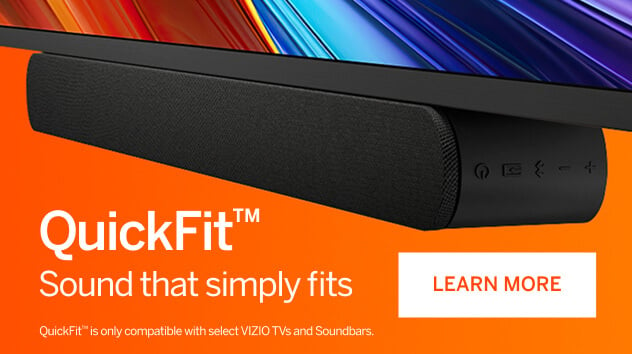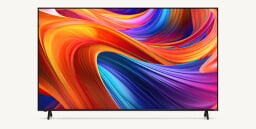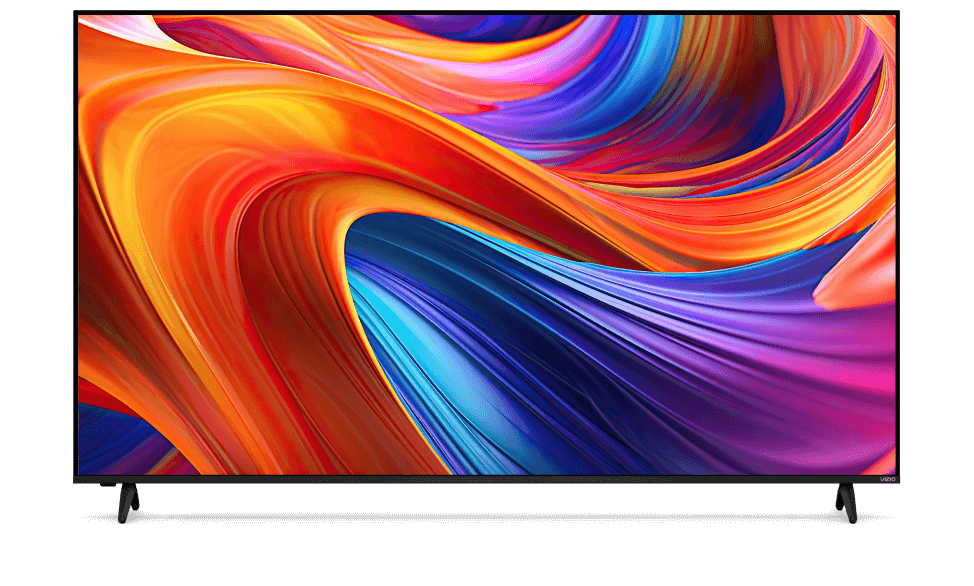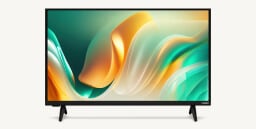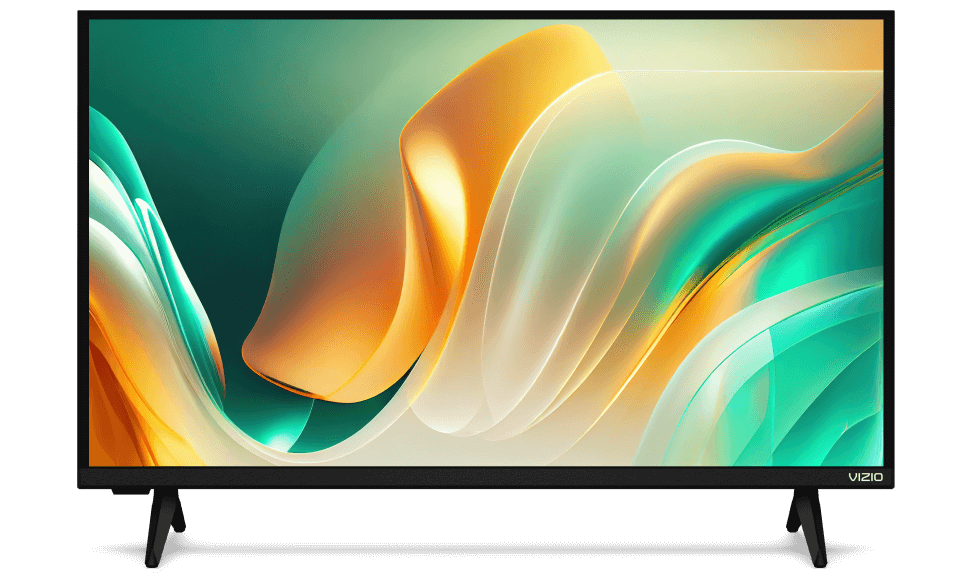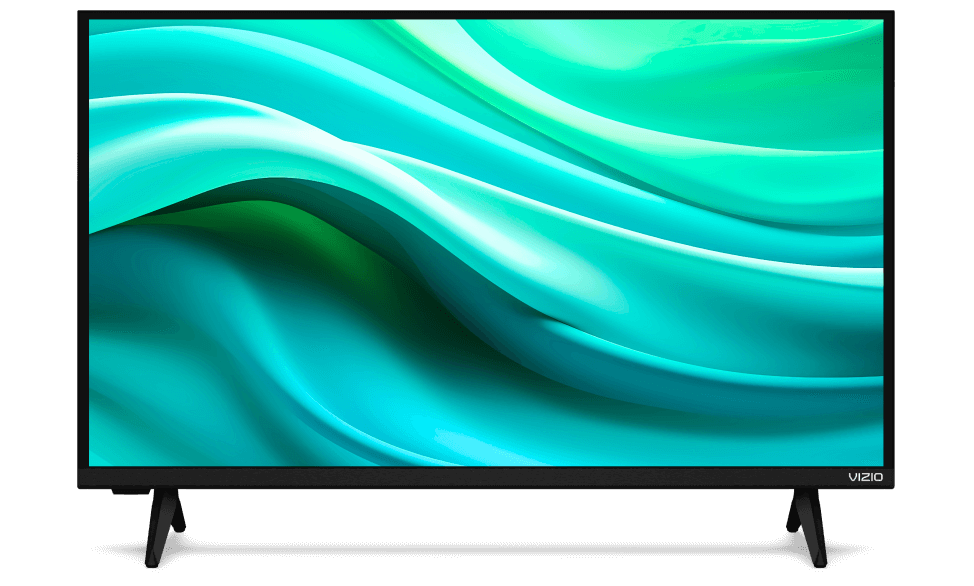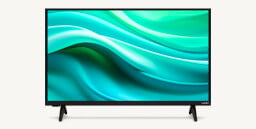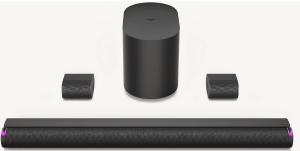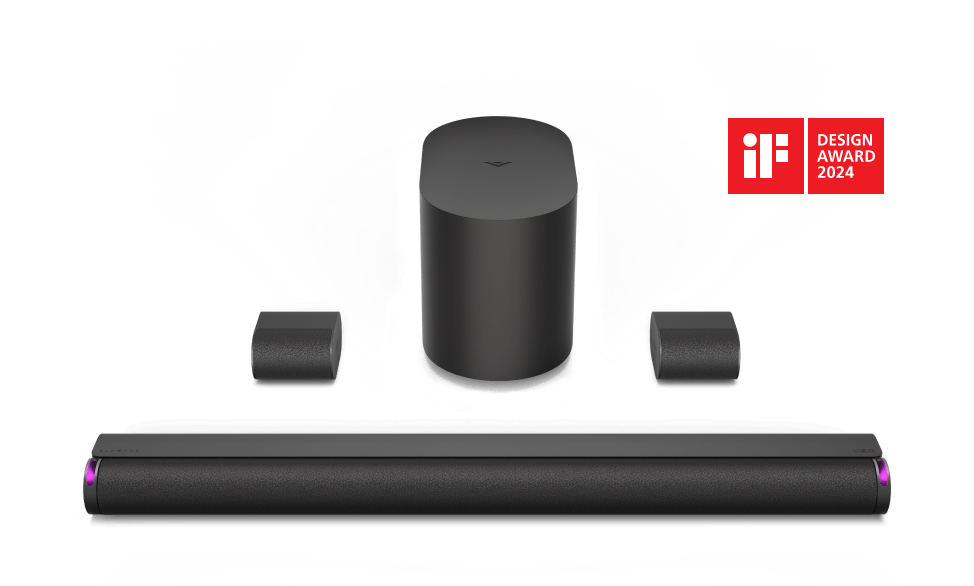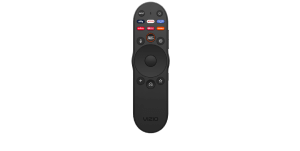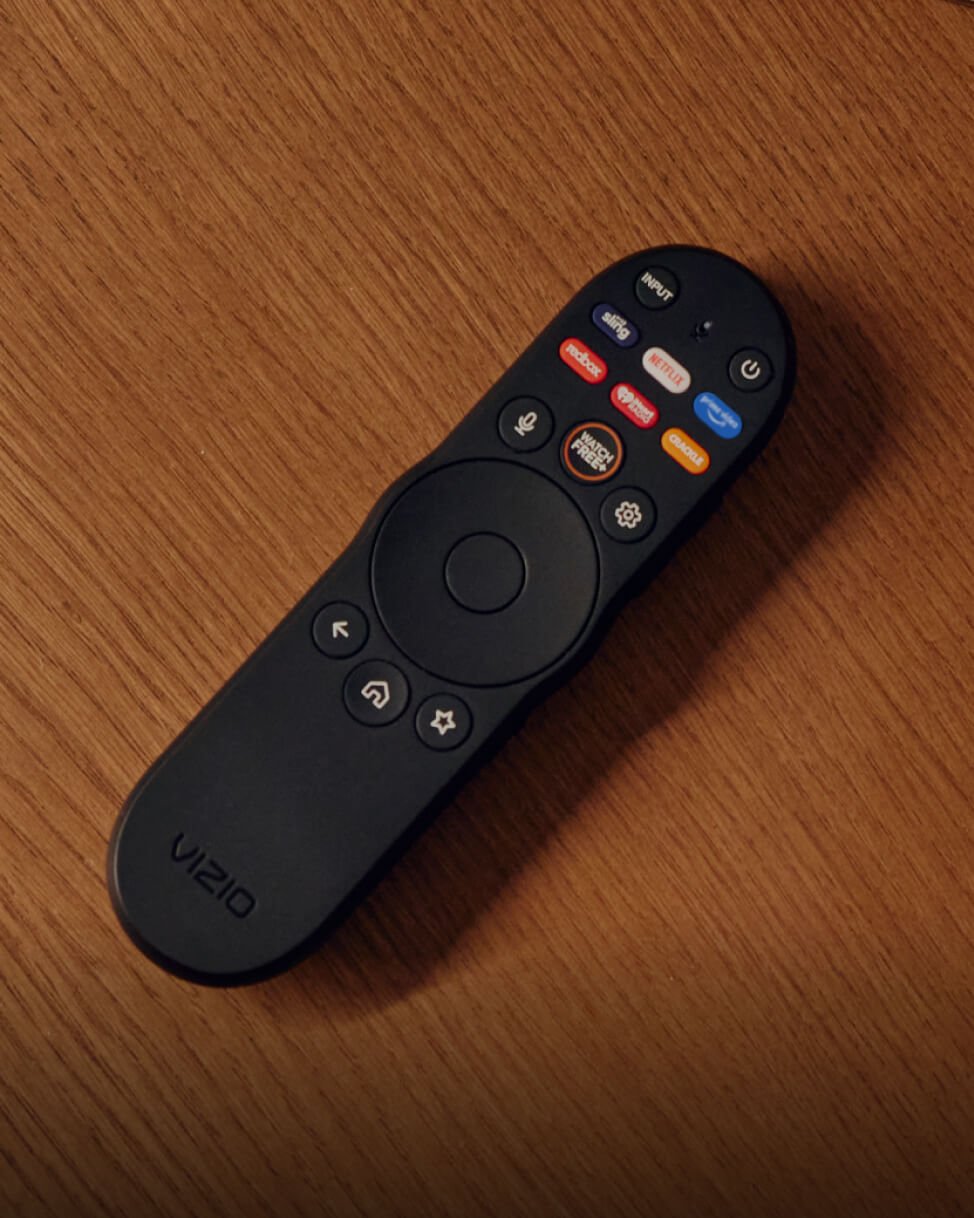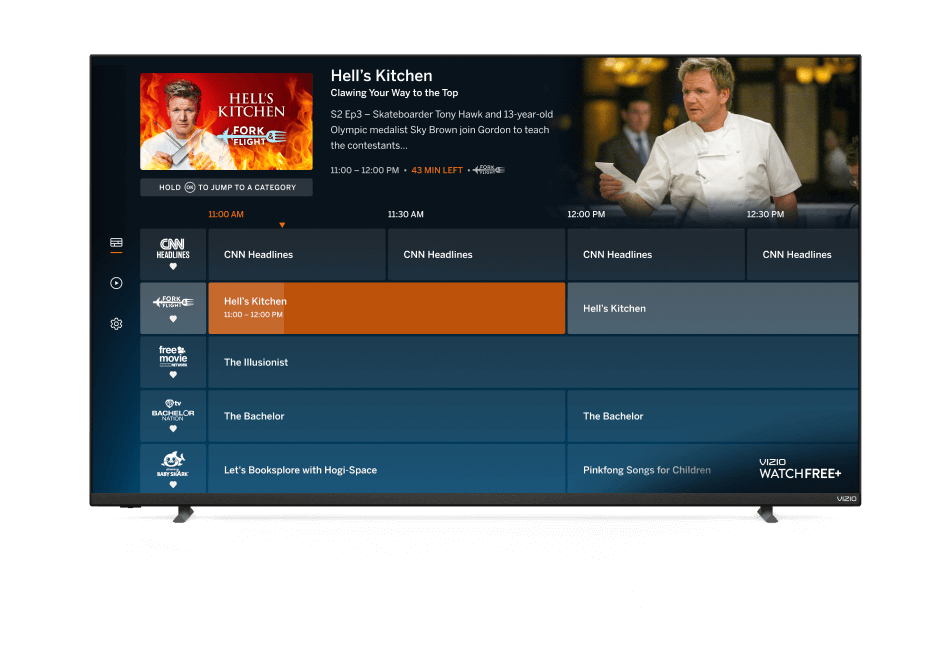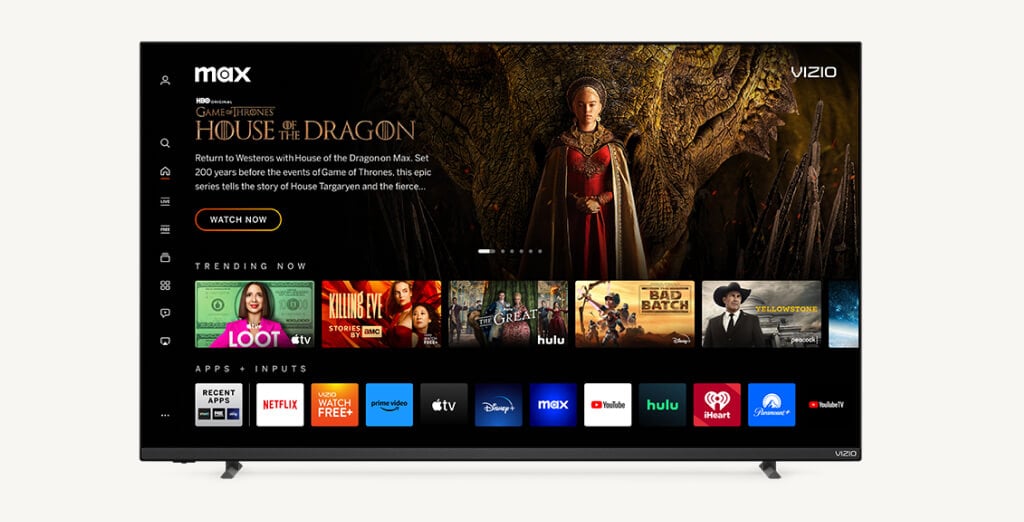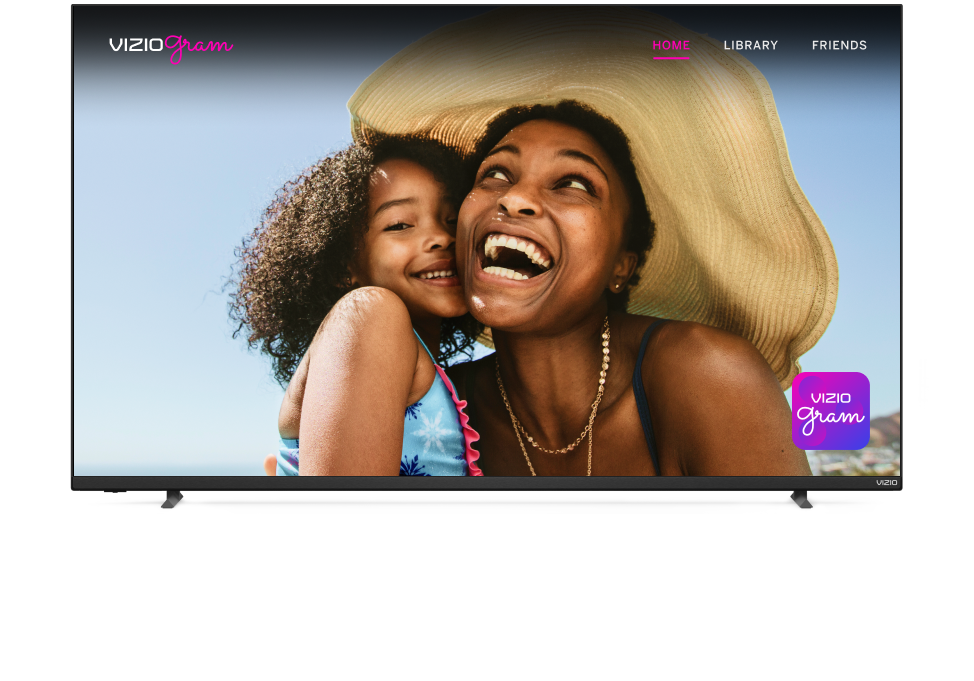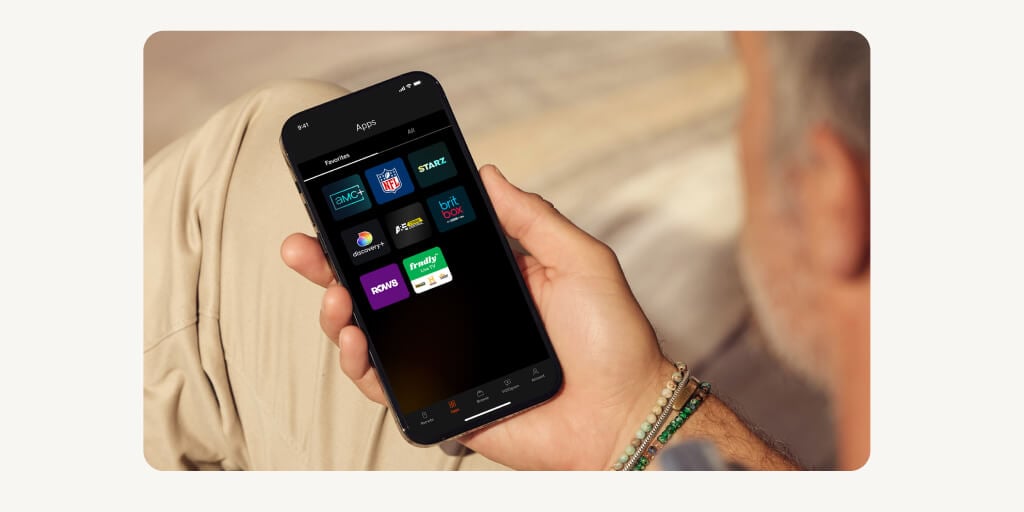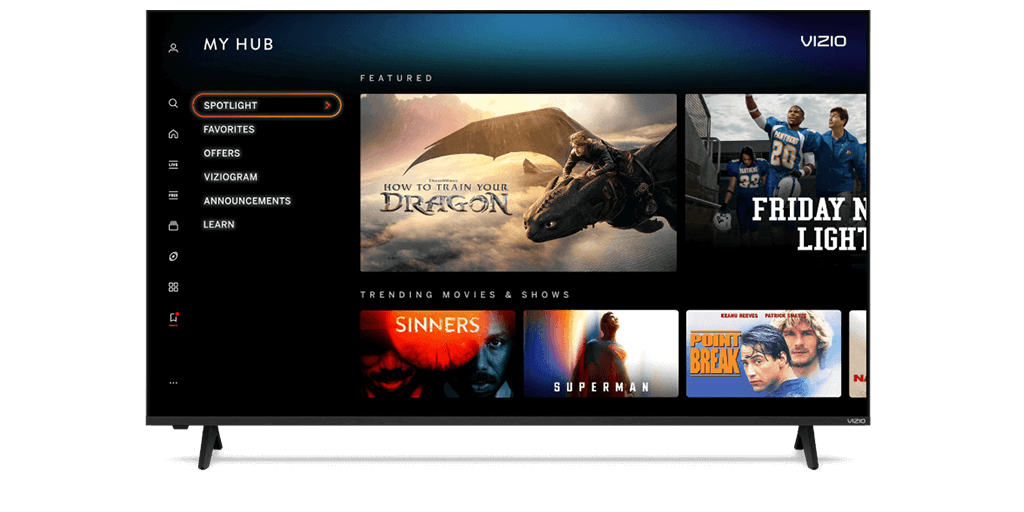VIZIO Co-Star Google TV Player Review
Google TV can best be described as one of the best innovations that no one really asked for, or quite knows what to do with. In an age of iDevices, consumers are used to intuitive, simple interfaces, and devices whose purpose is pretty clear from the get-go. But when you first power up a Google TV box, you can’t help but wonder just what you’re supposed to do with it. Dig a little deeper and you find that, yes, it is an awfully powerful system that just hasn’t matured yet. That, combined with some seriously iffy hardware support, hasn’t done much to keep the Google TV ecosystem relevant, but Vizio is one of the manufacturers hoping to keep the dream alive with its Vizio Co-Star.
The Co-Star has been on the market for a while, but it’s worth a look a little later into its life cycle mostly because of its updated Google TV architecture. Early Co-Star reviews are littered with issues that were promised to be addressed in “future updates.” Well, those updates have arrived, and the new Google TV 3 update is on the horizon — in fact, Vizio pushed the GTV 3 update to my review unit early and I was able to get a look at some additional and some new functionality — but is it too little, too late? And is it possible to give the Co-Star a fair shake in and of itself, without sifting through the baggage carried along by Google TV’s rough history thus far?
At the very least, that’s what I’m trying to do here: judge the box on its own merits. And in that regard, my review got off to a very positive start. Out of the box, the Co-Star couldn’t be more simple to set up. There is a decal covering the I/O ports that tells you exactly what to do: plug the HDMI cable from your TV provider’s set top box into one port, and plug the HDMI cable headed to your receiver or TV into the other. Give it power and hardwired Ethernet (if you have it close — the unit does have Wi-Fi built-in) and you’re pretty much ready to go. A start up guide gets your Co-Star configured and you’re on your way to enjoying all that Google TV has to offer.
Except, one has to ask: what does Google TV offer? That was the issue I ran into pretty quickly. The issue is more with the platform itself than the hardware I had on hand. Hitting the big Vizio “V” button in the center of the remote brings up a very slick app drawer, all without taking you away from live TV, but what lies within can be a little confusing. I know that Google TV, and the Vizio Co-Star specifically, is supposed to change my TV viewing habits, but there is really no road map or intuitive way for it to do that. After some poking around and figuring out which app did what, I was able to see some of the benefits of the Google TV platform. I can’t say that it has truly changed my viewing habits, as I was already intimately familiar with my channel guide and my preferred channels, but if you’re the type of TV watcher who is constantly surfing, this may just be your cup of tea.
That, of course, isn’t the Vizio Co-Star’s fault. It’s just par for the course with Google TV. And it must be said that the Co-Star makes navigating the ecosystem much easier. Everything you need is on the brick of a remote that ships with the Co-Star. I don’t use “brick” as a pejorative, by the way. The remote has a QWERTY keyboard on one side and the usual TV controls along with a trackpad on the other. It’s comfortable to hold, isn’t too heavy, and has plenty of buttons to take care of all your surfing and media-access needs. The remote itself communicates to the Co-Star via Bluetooth, and can talk to your other devices via IR. You can program your other devices into the remote via an on-screen guide, so it’s really quite easy (and essential) to get your codes punched in. The remote also has a gyro sensor that disables the side of the remote facing down, so you won’t have problems with hitting buttons on the reverse side. The buttons themselves aren’t stellar, and take some getting used to, though. Even after a few weeks of use, I still have a few issues with getting text typed in, but they are far fewer since getting a little more used to the remote. Also, the remote isn’t backlit, so nighttime viewing will either require a good memory, or a flashlight.
To read more of this article, please click here.
